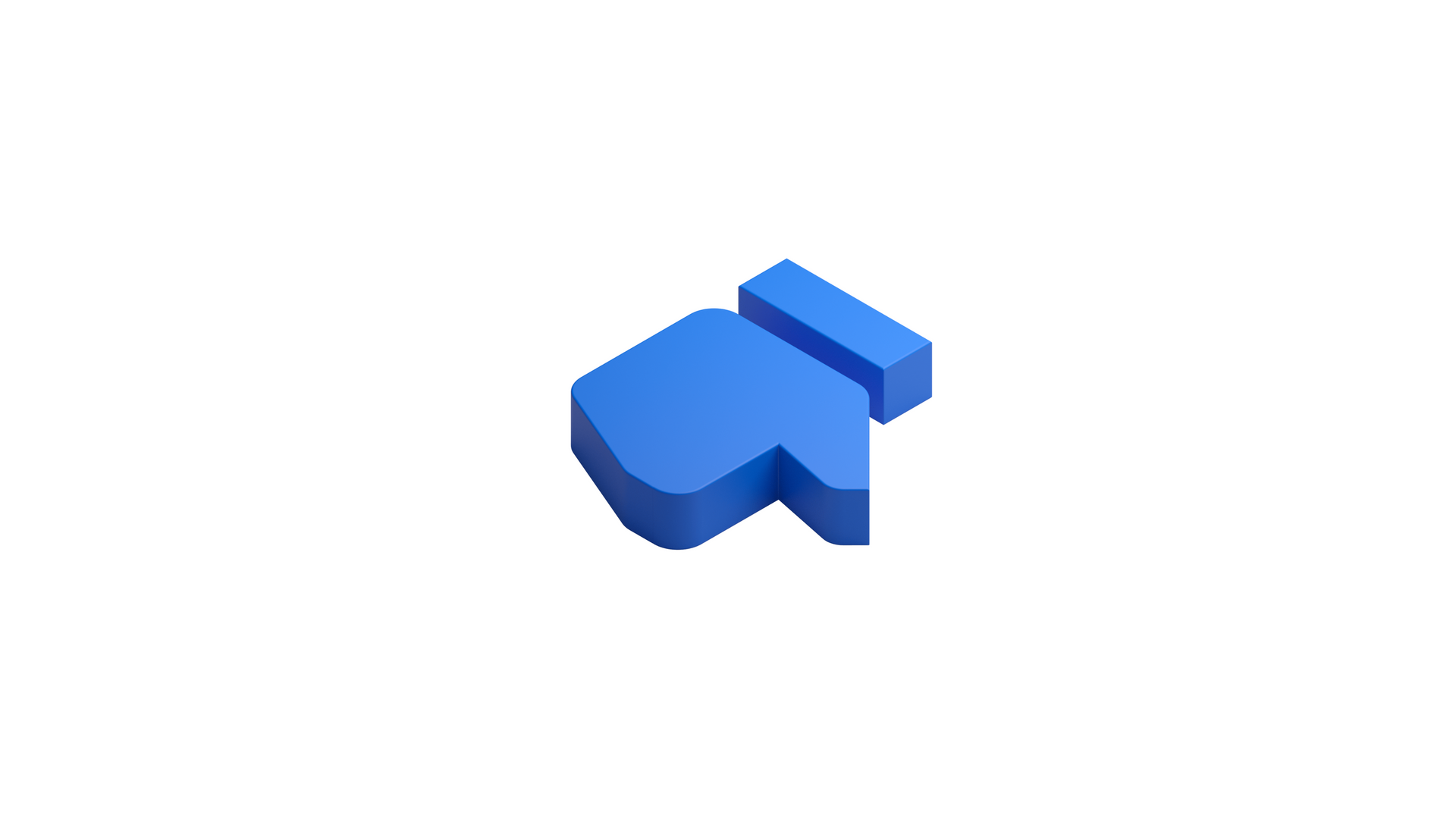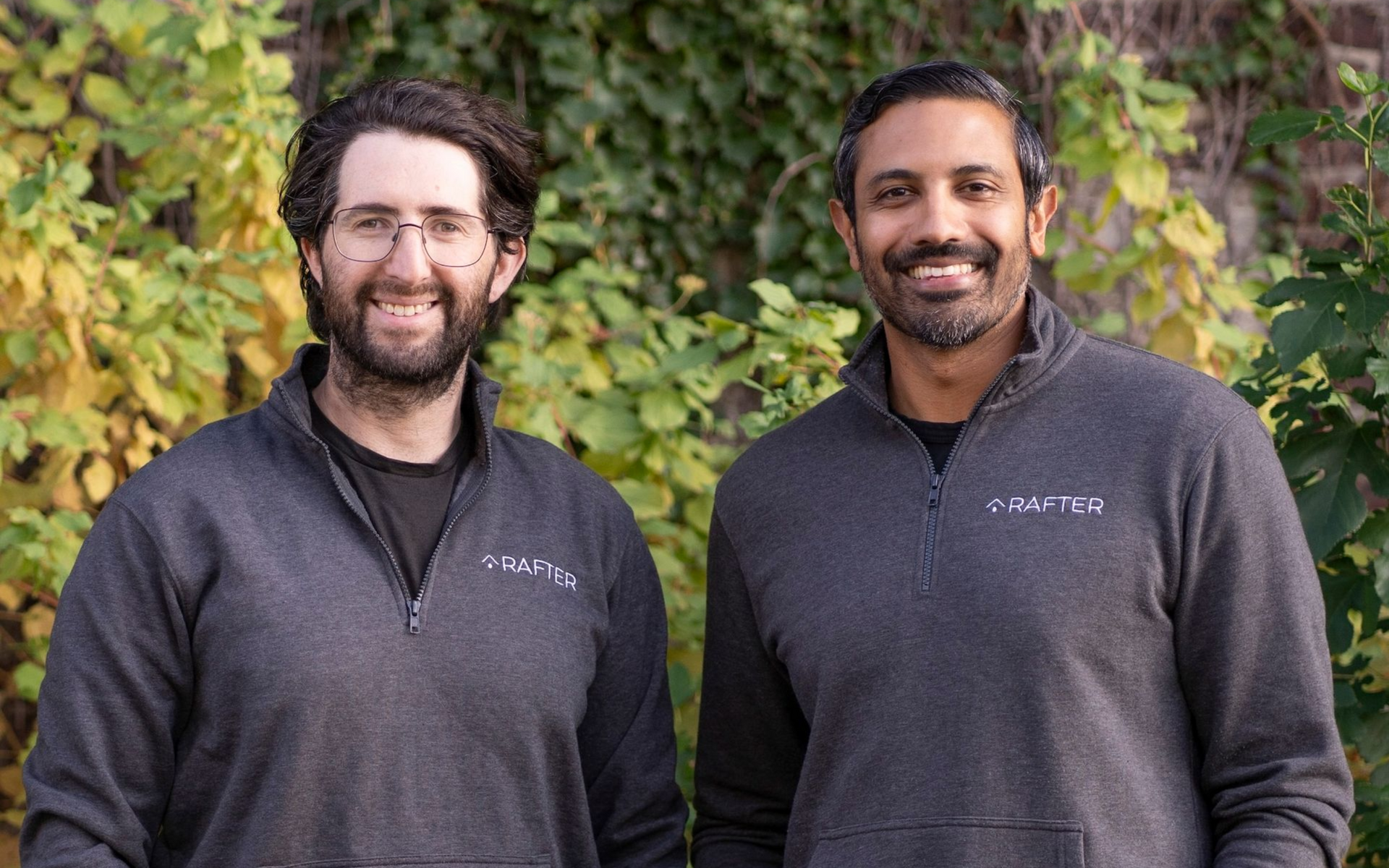When Homes Age, Risks Multiply: Why Proactive Care Matters
Across the United States, more than half of owner-occupied homes are over 40 years old. For insurers, this is more than a demographic detail—it reflects an important shift in portfolio risk. Older homes carry charm and character, but they also carry higher exposure. Systems wear down, maintenance gaps widen, and without proactive attention, claims become more likely.

Why Aging Homes Strain Portfolios
Loss data shows clear patterns: water damage, electrical fires, and structural failures increase as properties age. A refrigerator supply line that quietly leaks in a 40-year-old home may not be noticed until flooring and cabinetry need replacement, a claim easily exceeding $10,000. Similarly, expired smoke detectors and clogged dryer vents—both common in aging homes—can turn preventable risks into costly events.
Unlike catastrophes, these risks are not rare or unpredictable. They are routine, progressive, and preventable—making them both a challenge and an opportunity for insurers.
The Business Cost of Inaction
Each preventable claim not addressed early increases costs and disrupts the homeowner experience. Homeowners living in older properties are often unaware of hidden risks or unsure of what to prioritize. By the time issues surface, the damage is done and the carrier may be seen only as a financial backstop rather than a trusted partner.
Preventive Strategies That Work
Insurers can strengthen their aging-home portfolios through proactive programs:
- Home assessments: Annual or semi-annual reviews of high-risk systems like plumbing, roofing, and electrical
- Preventive service partnerships: Connecting policyholders to vetted specialists before minor issues escalate
- Seasonal education campaigns: Targeted reminders for older-home owners about sump pump testing, dryer vent cleaning, or vegetation trimming
- Digital maintenance records: Giving both homeowner and insurer structured visibility into property condition over time
The Technology and Service Gap
Unlike healthcare or auto maintenance, homeownership lacks a built-in preventive framework. This absence makes it easy—even for diligent owners—to miss important red flags. The result: insurers face ongoing exposure to avoidable losses and homeowners miss timely support in managing their most valuable asset.
Where Rafter Adds Value
This is where Rafter steps in. Rafter offers insurers and their policyholders a preventive maintenance membership designed to reduce the risk profile of aging homes. By combining in-home assessments, expert contractor connections, and digital tracking tools, Rafter helps identify risks early, resolve them quickly, and document them clearly.
For carriers, this means:
- Lower claim frequency and severity
- Stronger retention through trust-building engagement
- Portfolio-wide visibility into home condition without intrusive monitoring
A Note on Newer Homes
While older homes carry obvious risks, newer homes are not immune. Manufacturing defects, improper installation, and early wear on appliances or plumbing fixtures can still trigger costly losses. Even something as simple as a poorly sealed window can create major water issues within the first few years of ownership.
Preventive programs are just as relevant for new builds as they are for older homes. Early engagement helps establish good maintenance habits, validates the quality of installed systems, and builds long-term resilience. For insurers, it’s a way to get ahead of hidden risks before they surface—and to demonstrate value to policyholders from day one.
As the U.S. housing stock continues to age, insurers have an opportunity to move beyond reactive cost absorption and invest in proactive solutions that protect both their portfolios and their policyholders. Rafter makes this path practical, scalable, and effective.
Interested in learning more?
Sign up for our newsletter, and we'll keep you up-to-date on our progress.







Smarter Service, Stronger Relationships: How Insurers Can Deepen Policyholder Trust and Risk Insight


